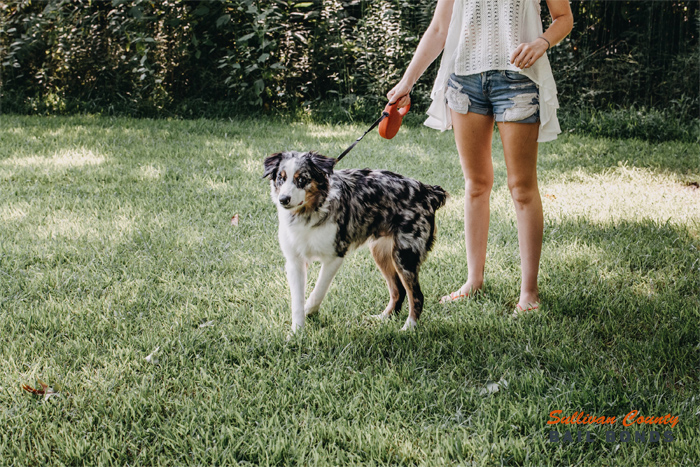
04 Jun People’s Attitude Towards Leashes and Dogs
Dog leashes are a common sight in most urban areas, but their use can be controversial. Some people believe that leashes are necessary to control dogs and prevent them from causing harm, while others argue that leashes restrict dogs’ freedom and can be harmful to their health.
There is no doubt that leashes can be effective in controlling dogs. A leash can prevent a dog from running into the street, chasing other animals, or jumping on people. Leashes can also be used to train dogs to walk calmly and politely on a leash.
However, there are also some potential drawbacks to using leashes. Leashes can restrict dogs’ freedom of movement, which can lead to boredom and frustration. Dogs that are kept on leashes for long periods of time may also be more likely to develop physical problems, such as joint pain and muscle atrophy.
In addition, some people argue that leashes can be harmful to dogs’ psychological well-being. Dogs are social animals that need to interact with other dogs and their environment in order to be happy and healthy. Leashes can prevent dogs from doing this, which can lead to loneliness, anxiety, and depression.
Ultimately, the decision of whether or not to use a leash is a personal one. There are both pros and cons to using leashes, and each dog owner should weigh the benefits and risks before making a decision.
Here are some tips for using leashes safely and effectively:
- Choose a leash that is the appropriate length for your dog. A leash that is too short can restrict your dog’s movement, while a leash that is too long can give your dog too much freedom.
- Attach the leash to your dog’s collar or harness, not to their neck. A leash that is attached to the neck can cause choking or other injuries.
- Keep your dog on a leash when you are in public areas, such as parks, sidewalks, and streets. This will help to prevent your dog from running into the street, chasing other animals, or jumping on people.
- Allow your dog to walk ahead of you on the leash. This will give your dog a sense of freedom and independence.
- Be patient and consistent when training your dog to walk on a leash. It may take some time for your dog to learn how to walk calmly and politely on a leash.
Here are some situations where it may be appropriate to let your dog off-leash:
- In a fenced-in area, such as a dog park.
- In a remote area, such as a hiking trail.
- When your dog is under your direct supervision and control.
If you are unsure about whether or not to use a leash in a particular situation, it is always best to err on the side of caution and keep your dog on a leash.
